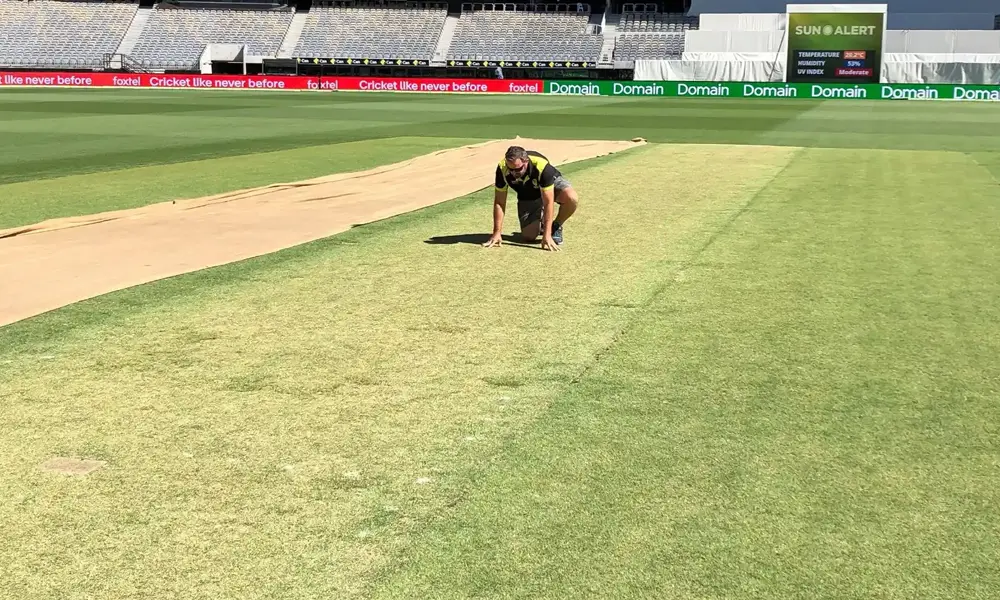Cricket Batting Tactics: Reading the Pitch with Your Bat

In the realm of cricket, where the outcome of a match can hinge on a single delivery, the art of batting goes beyond mere skill—it's about adaptability, strategy, and the ability to decipher the conditions on the pitch. Central to this mastery is the cricket bat itself, serving not just as a tool for striking the ball but as a conduit for understanding and responding to the pitch dynamics. In this blog, we explore how batsmen can utilize their bats to read the pitch and optimize their performance accordingly.
Understanding the Pitch Dynamics
The pitch in cricket is the canvas upon which the battle between bat and ball unfolds. Its characteristics can vary widely depending on factors such as weather, soil composition, and maintenance. Key aspects of the pitch that batsmen must assess include:
- Bounce: The height at which the ball bounces off the pitch after being delivered by the bowler. Pitches with uneven bounce can pose challenges for batsmen in timing their shots.
- Turn: Spinners thrive on pitches that offer grip and turn, making it crucial for batsmen to anticipate the degree of spin and adjust their strokes accordingly.
- Pace: Some pitches favor fast bowlers by offering extra pace, which can be exploited for quick runs or require batsmen to adjust their timing and shot selection.
Using the Bat to Read the Pitch
Initial Assessments: Before facing a delivery, batsmen often tap or lightly press their bat on the pitch to gauge its firmness and any deviations in bounce. This tactile feedback helps in anticipating how the ball might behave off the surface.
Footwork Adaptation: Based on the pitch conditions observed, batsmen adjust their footwork and stance to either move forward to counteract low bounce or backward to give themselves more time against steep bounce.
Shot Selection: The choice of shots varies based on the pitch. On slower, turning pitches, batsmen might opt for defensive strokes like forward defensive or sweep shots to counter spin. On faster pitches, they might look to capitalize on the pace with drives or cuts.
Playing the Spinners: Against spin bowlers, the bat becomes a crucial instrument for picking the length of the delivery and deciding whether to play forward (to smother the spin) or back (to play off the pitch).
Adaptability and Strategy
Successful batsmen are adept at adapting their game plan based on the pitch conditions. This flexibility allows them to capitalize on favorable conditions and survive or score runs in challenging situations. The ability to read the pitch with their bat gives batsmen a decisive edge in making split-second decisions that can determine the outcome of the match.
Conclusion
In essence, cricket batting tactics involve a nuanced understanding of pitch dynamics and the skillful use of the cricket bat to navigate those conditions. By reading the pitch with their bat, batsmen can anticipate challenges, exploit opportunities, and craft innings that showcase their technical prowess and strategic acumen.
As cricket continues to evolve, the art of reading the pitch remains a timeless aspect of the game, bridging tradition with innovation in pursuit of excellence on the field. By mastering this skill, batsmen not only enhance their own performance but also contribute to the rich tapestry of cricketing history with every stroke they play.

